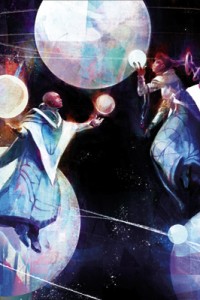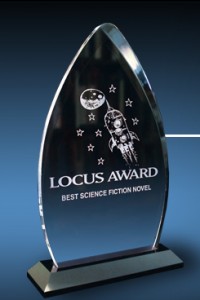Spotlight on: Cynthia Sheppard, Artist

Cynthia Sheppard has been creating artwork for books and games since the mid-2000s. Her illustrations are inspired by a late 19th-century realist painting and modern fantasy art, with a focus on emotional resonance and visual storytelling. She’s currently a senior art director at Wizards of the Coast, where she create worlds and has commissioned over 2,000 illustrations for the card game Magic: The Gathering.
She told us, “If I’ve ever asked you to ‘show me your darkness,’ it’s because I believe our hardest moments are the most relatable. My personal work is a continuous journey to find resonant beauty in dark subject matter, often trapping them within a surreal or other-Earthly context. Inspired by a blend of late-19th-century Romanticism and modern fantasy realism, my work is created in either digital or traditional media, and uses an alarming amount of grey.”
Do you draw from life or from photo reference or both? What does your workflow look like from concept to realization? Any unusual techniques?
I use all kinds of reference – observing life, taking photos, and typically a mood board: a selection of found images that inspire the tone, motifs, or specific details that require research. Drawing and painting from life has helped me understand objects in the real world, and how to work from photos without letting the camera lens do all the decision-making. Looking at photos helps speed up the process and offers access to, say, dynamic poses a live model couldn’t hold for hours. Sometimes I’ll even record HD video clips and select still frames to capture what something looks like in motion.
Spending more time planning than painting is key to my process. It’s not always about doing a ton of thumbnail sketches, but about considering the whole composition and how to make it work with the subject.

What was the best piece of advice you’ve ever received as a professional artist? And is there a piece of advice you WISH you’d received that you’d like to pass on to other aspiring artists?
I’ll tell you a secret. I hate boats. Rather, I hate painting fiddly rigging and that exact curvature in perspective – you know what I’m talking about – and yet there was a brief period in my career where I became de facto “ship girl” on some book covers and one Magic card. Dark times. But when faced with a hated subject, I learned to ask the question, “how can I love this instead?”
Finding a way to love the boats and make meaningful covers involved some trickery. On the first ship, I focused on an ornate figurehead that resonated with the main character’s journey, and then wrapped it all around the hull like a wooden blanket, covering most of the actual boat parts. On the second, I represented the main character’s turmoil by blasting her ship into thousands of tiny wood chips. On the third, I sunk the ship entirely and had the character hanging on to a wee bit of mast, echoing an excerpt from the book. You get the idea.
So I wish someone had told me early on to become a collector of questions.
What shapes make sense for this character’s personality? Can visually overlapping two characters say something about their relationship to one another? What palette sets the mood? Your question library is a set of tools to employ while you work, and the more you interrogate it, the more your work will improve and people will feel the care you put into it.
This spotlight and more like it in the January 2019 issue of Locus.
 While you are here, please take a moment to support Locus with a one-time or recurring donation. We rely on reader donations to keep the magazine and site going, and would like to keep the site paywall free, but WE NEED YOUR FINANCIAL SUPPORT to continue quality coverage of the science fiction and fantasy field.
While you are here, please take a moment to support Locus with a one-time or recurring donation. We rely on reader donations to keep the magazine and site going, and would like to keep the site paywall free, but WE NEED YOUR FINANCIAL SUPPORT to continue quality coverage of the science fiction and fantasy field.








